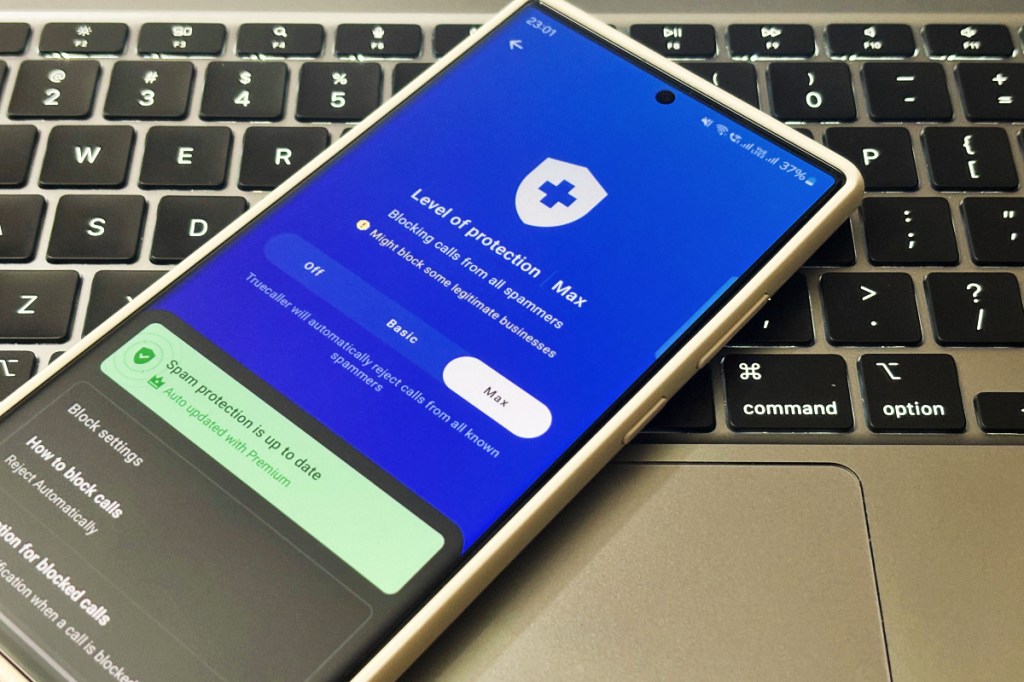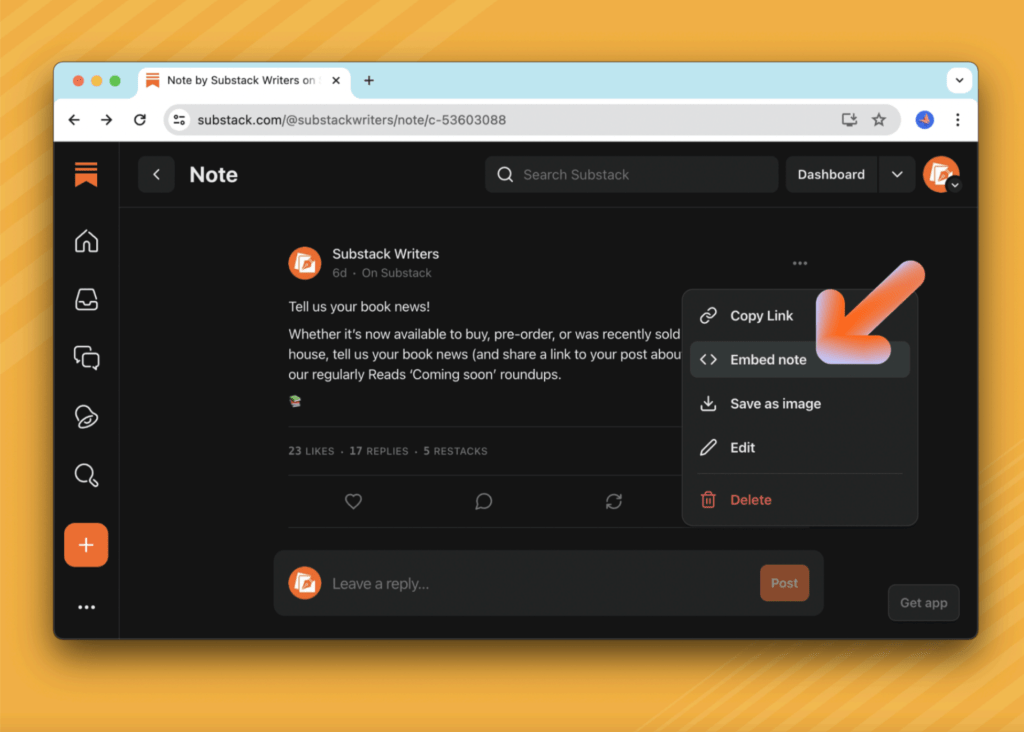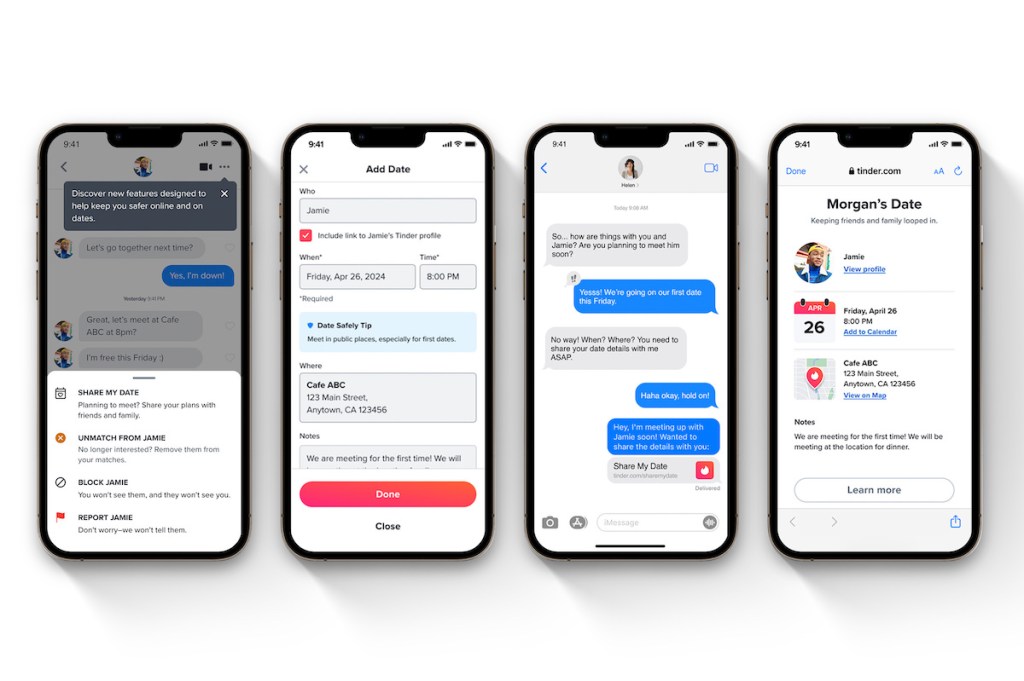
Caller ID app Truecaller today blocks between 38 billion and 40 billion spam calls annually for its 374 million+ users. Now, in hopes of getting more people to sign on to its premium tiers, it’s turning up the dials on its filtering tech. A new “Max” update for Android premium subscribers uses AI to block every call that doesn’t come from an approved contact or that its AI determines might be spam, TechCrunch has learned, even if they’re not already listed on Truecaller’s database. Previously, blocking and other actions were guided by how numbers were listed on that database, combined with an individual’s proactive screening.
The update is Android only: Apple does not allow Truecaller (or other caller ID services) to check callers’ spammer status to block calls automatically on iOS. Thus, Truecaller has a more basic service for iPhone users based around CallKit.
The moves come at a critical business moment for the company. In Q4, Truecaller saw a 4% year-on-year revenue dip on $41.52 million in sales. Meanwhile, in India — Truecaller’s biggest market, with 259 million users — the Indian telecom regulator recently proposed a Truecaller-like caller ID service, to be implemented across all telecom networks in the country, in a bid to better tackle spam. For now, the proposal has seen opposition on privacy and technology grounds, but if put in place, it would pose a direct competitive threat to Truecaller.
The new feature underscores how Truecaller believes there could be a business opportunity banking on people fed up with spammers’ insidious ways — even if a fix could come at the expense of missing calls from unknown numbers and non-spammers that might actually be welcomed.
Truecaller is also leaning on the current interest in all things AI: Caller ID and spam protection are Truecaller’s two core features, and it’s betting that any reservations about AI could be outbalanced by curiosity about how well it could work to get Truecaller’s main job done … while also growing premium sign-ups in the process.
The app’s premium tiers range between $9.99 per month and $99.99 per year, depending on factors like number of users covered.
The new feature is also a signal of how Truecaller is playing around with ways to bring in more proactive automation — and subsequently expect less proactive engagement from users themselves. Truecaller has always offered subscribers a list of all the calls it can potentially block, which includes international, hidden and unknown numbers not listed in a user’s contacts. But to get the best out of the app, users have to engage and tweak their own lists. Now everything ID’d as iffy will be blocked by default.
“It’s something that at least some people have asked for — people who understand the app very well,” claimed Kunal Dua, vice president of search at Truecaller, in a call.
This isn’t the first AI feature at Truecaller: It provides an AI assistant that screens calls to identify why the caller has dialed the user. (Other non-AI features include cloud telephony and call recording.)
The AI powering Max has been in the works for a while. Truecaller has been testing “multiple dozen algorithms” across its markets to identify spam numbers, and each of these machine learning algorithms is also learning from the user feedback, said Dua.
But it would take a significant shift at Apple to roll out the service to iOS users. Last year, Truecaller brought live caller ID support to iOS, though this is more limited and requires iPhone users to go through a process for setting up live caller ID.
It will be interesting to see how users react to the all-in nature of a feature that might sometimes make mistakes. The app currently warns users that the feature “might block legitimate businesses.” Nevertheless, the system is expected to improve over time as it gets more spam call data, said Dua.
“Obviously, we try our best to distinguish between spam and legitimate businesses. But there can be certain cases where some legitimate businesses may temporarily [blocked],” he said. “We like to believe it’s temporary before our community, and before our AI algorithms can identify that this is a legitimate business. … We have a great amount of confidence that if we are calling somebody as a spammer, there is a very, very high probability, 99.999 times out of 100.”
Users can unblock a number if it was wrongly marked as spam by its machine learning algorithms, which also helps train the AI.
After updating the Truecaller app to v13.58 or later, users can find the new spam-blocking feature by going through Settings > Block.












